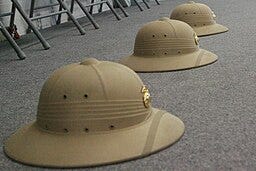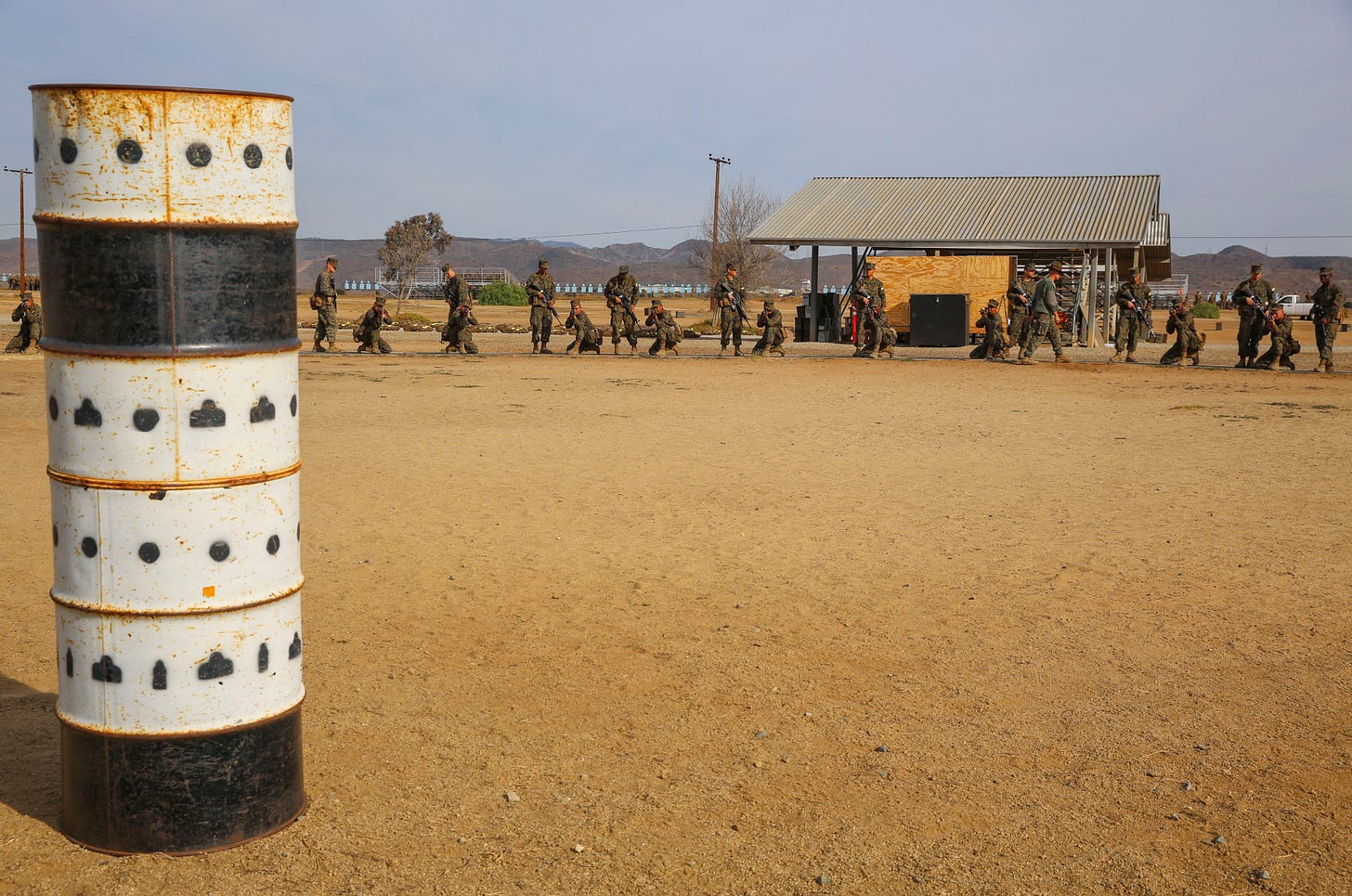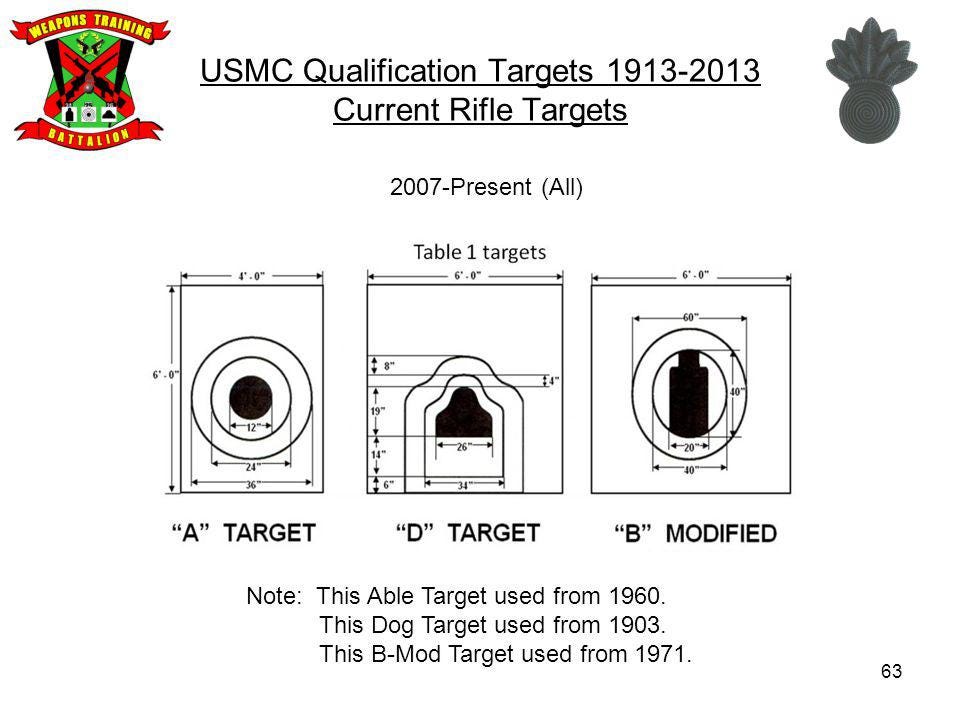USMC Marksmanship Process
Part 1. The Marine Corps marksmanship program is revered by many. What makes shooting in the USMC work well?
Formal Instruction Cadre
The Marine Corps maintains a formal instructor cadre and makes it a requirement for ranges to be run by them.
Contrast this to the U.S Army. The Army has good instruction courses, such as Marksmanship Master Trainer Course and various courses put on by the National Guard Marksmanship Training Unit, but they are never required. Prior to the current Technical Circulars released in 2016 (which many soldiers still haven’t read…) the Trainfire program’s last major revision was in the late 1970s, which introduced the Four Fundamentals model. Worse, the goal of the simplification of the program was to make it so easy that inexperienced shooters could “teach” marksmanship, such as any NCO or drill sergeant. Note, marksmanship is the only skill the Army believes that “any NCO with the FM” can teach.
FC 23-14 was published just after the Four Fundamentals model was adopted and explains the motivation for the change was to make things easier for less skilled cadre. Along with adopting an easier qualification course (all prone) set the stage for a continued decline.
Snap In
All good shooters understand the benefit of dry practice. Grass Week is devoted to it.
Full Feedback Targets
“Trainfire is the McRib of marksmanship instruction. KD ranges are a fine 5 star restaurant in comparison.”
Marine targets are large, but the critical element is that shooters get to see their hits.
Contrast this to “pop up” targets on Army ARF (Automated Record Fire) ranges. Soldiers never receive feedback. Hits could be in the center or on the edge and misses can’t be seen. Shooting on such targets and simply scoring hit/miss is perfectly fine as a test, but a poor way to learn and improve shooting.
Shots splattered all over in no discernable pattern is how used “green Ivan” targets actually look. Note the distinct lack of a shot-out center, a popular delusion soldiers believe as to why they miss.
Shot Process Development
The evaluation of Shot Process development and the U.S. Army's failure to teach it properly is a primary difference. Current Technical Circulars teach this concept well but most Soldiers (especially drill sergeants) remain clueless and fail to implement it, likely because they still haven’t read the “new” TCs that are now seven years old. Trainfire was supposed to include Shot Process development benefits similar to KD ranges. For example, the use of a plot sheet/data book was initially built in, just like the USMC uses. The real failure of Trainfire is non-shooters (drill sergeants and other randomly-selected NCOs) were used as trainers that often didn't fully understand the program and critical elements like this were dropped. The Marines issue data books and require their use. The act of calling shots and plotting the results is an ideal way to enforce developing a shot process.








Excellent analysis and contrast to Army. Good to have empirical evidence of what works and what doesn't. Also, it's clear which branch feels marksmanship is important to war fighting, killing the enemy, and staying alive.